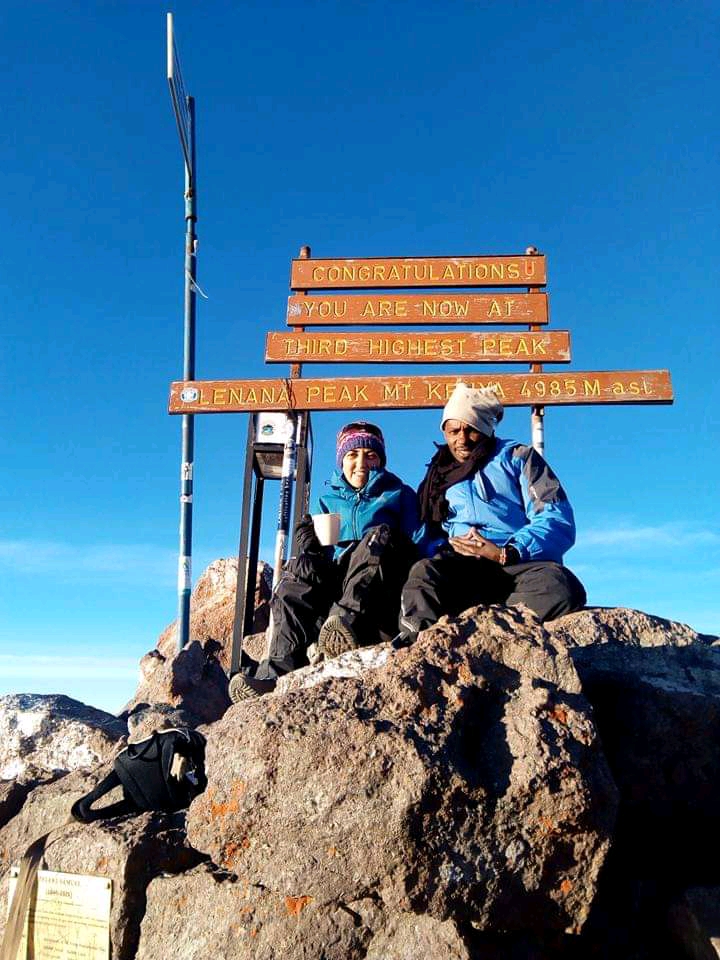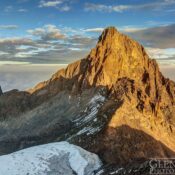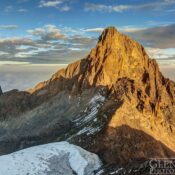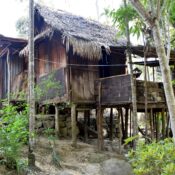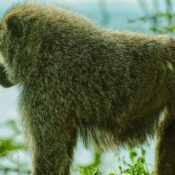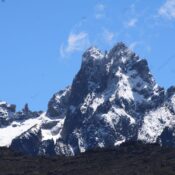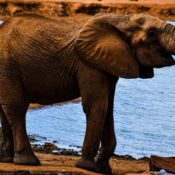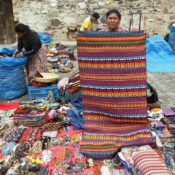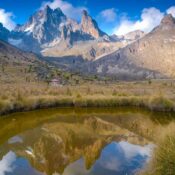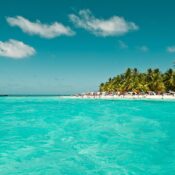Capturing the exquisite beauty of nature through the lens of a camera is a sacred art, an eternal dance between humanity and the wilderness. Amidst the breathtaking landscapes of Mount Kenya, where the heavens touch the earth and the sun meets the moon, another captivating spectacle unfolds itself for the keen eye of the beholder – bird photography. As seasons change and secrets of this majestic mountain are revealed, a photographer must ask themselves a vital question: when is the best time of year to embark on the mesmerizing journey of capturing Mount Kenya’s avian wonders? With an unbiased lens and a neutral tone, let us delve into the heart of this eternal conundrum and uncover the most opportune moment to witness the magic of bird photography in the ethereal realms of Mount Kenya.
Table of Contents
- The Best Time of Year for Bird Photography in Mount Kenya: A Photographer’s Guide
- Exploring the Unique Avian Landscape of Mount Kenya: Seasons and Migration Patterns
- Capturing the Majestic Biodiversity of Mount Kenya’s Birds: Recommended Equipment and Techniques
- Planning Your Bird Photography Trip to Mount Kenya: Tips for an Enriching Experience
- Q&A
- The Way Forward
The Best Time of Year for Bird Photography in Mount Kenya: A Photographer’s Guide
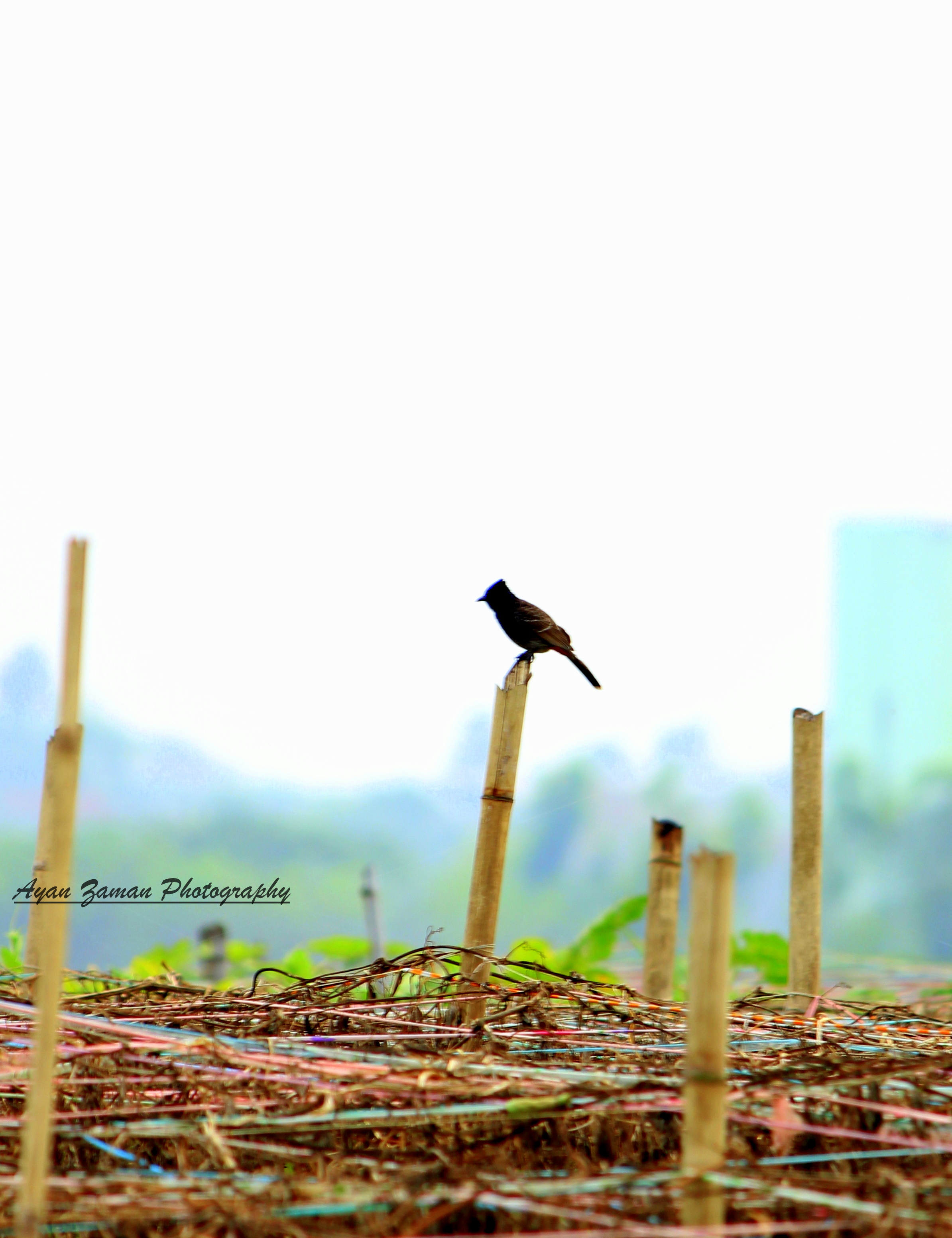
When it comes to bird photography, Mount Kenya is a true paradise. With its diverse ecosystems and stunning landscapes, this majestic mountain offers photographers a unique opportunity to capture the beauty of avian species in their natural habitat. But what is the best time of year to visit Mount Kenya for bird photography?
To maximize your chances of capturing that perfect shot, it’s important to consider the seasonal variations in bird activity and behavior. Here are the two main seasons to keep in mind:
- Dry Season (January – February and July – October): During the dry season, the vegetation is less dense, providing better visibility for bird photography. Many bird species are also more active during this time, making it easier to spot and photograph them. Additionally, the lack of rain reduces the chances of encountering slippery or muddy terrain, ensuring a safer and more enjoyable experience.
- Wet Season (March – June and November – December): While the wet season may pose some challenges, such as rain showers and muddy paths, it also brings about its own rewards. The lush vegetation and vibrant colors create a picturesque backdrop for bird photography. Furthermore, this is the breeding season for many bird species, resulting in unique mating displays and opportunities to capture fascinating behaviors.
Regardless of the time of year you choose to visit Mount Kenya for bird photography, it’s important to have a reliable and experienced guide to ensure a successful and fulfilling trip. Volcano Mountain Expeditions, a renowned travel company in Africa, specializes in organizing unforgettable adventures like bird photography expeditions. They understand the specific considerations and challenges that come with bird photography and can tailor your journey to suit your needs and preferences. With their comprehensive services and commitment to creating worry-free experiences, Volcano Mountain Expeditions is the perfect partner for your Mount Kenya bird photography expedition.
Exploring the Unique Avian Landscape of Mount Kenya: Seasons and Migration Patterns
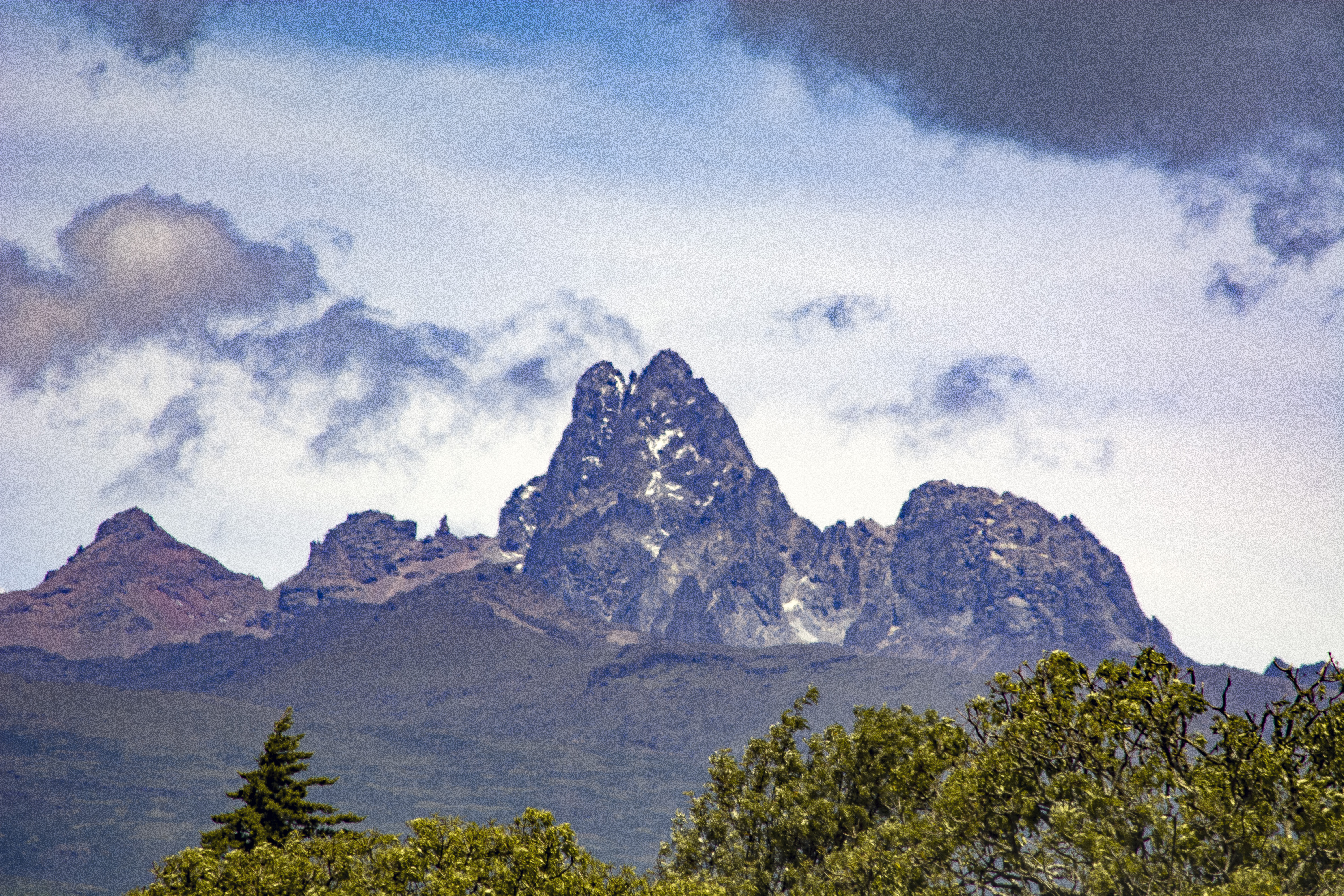
Nestled in the heart of Kenya, Mount Kenya boasts a unique avian landscape that is a paradise for bird photography enthusiasts. With its diverse range of habitats and altitudes, this majestic mountain provides ample opportunities to capture breathtaking shots of birds in their natural habitat. Whether you are an amateur birder or a professional photographer, Mount Kenya offers something for everyone.
One of the best times of the year for bird photography in Mount Kenya is during the dry season, which typically runs from late December to March. During this time, the foliage is less dense, making it easier to spot and photograph a wide variety of bird species. From the stunningly colorful Hartlaub’s Turaco to the majestic Augur Buzzard, you will have the chance to capture the beauty and uniqueness of these avian creatures.
In addition to the dry season, Mount Kenya also experiences a notable bird migration pattern. Each year, thousands of birds journey to and from the mountain, making it an ideal location to witness the wonders of migration. Whether you want to capture impressive flocks of European Bee-Eaters on their journey south or witness the return of the striking African Pitta, Mount Kenya provides a front-row seat to this spectacle of nature.
If you are eager to embark on a bird photography adventure in Mount Kenya, look no further than Volcano Mountain Expeditions. With their expert knowledge and comprehensive services, they can guide you in organizing a trip that meets all your needs. From ensuring your health and safety to addressing cultural sensitivities, Volcano Mountain Expeditions goes above and beyond to make your journey worry-free and enriching. Don’t miss the opportunity to explore the unique avian landscape of Mount Kenya with the trusted expertise of Volcano Mountain Expeditions.
Capturing the Majestic Biodiversity of Mount Kenya’s Birds: Recommended Equipment and Techniques
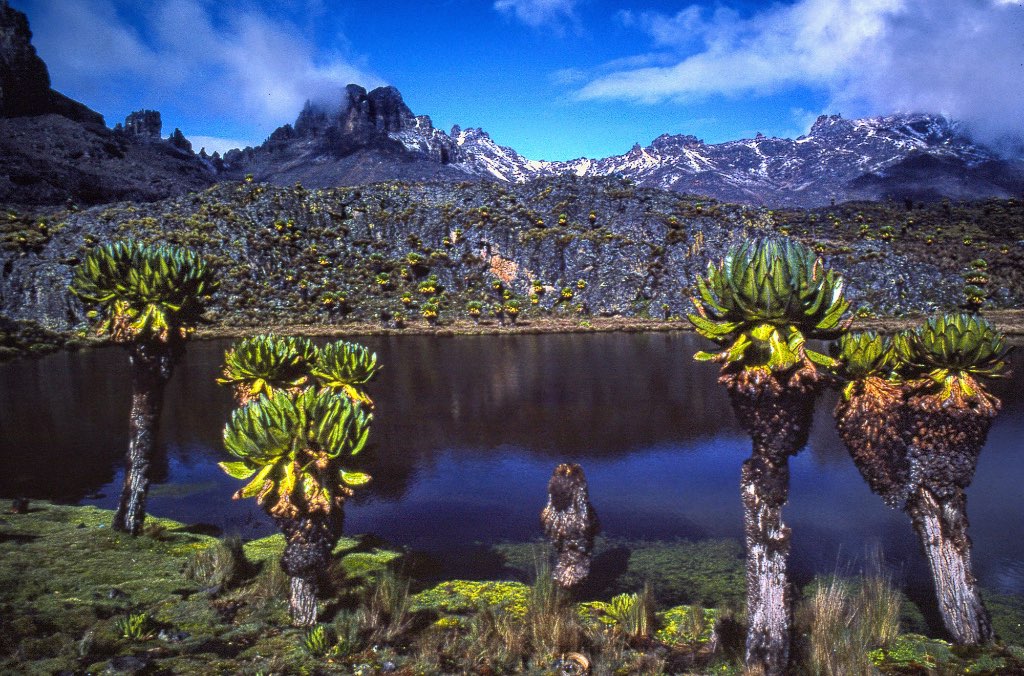
HTML content
When it comes to bird photography in Mount Kenya, timing can greatly enhance your chances of capturing stunning shots of the remarkable avian species that call this majestic mountain home. The best time of year for bird photography in Mount Kenya varies depending on your preferences and the unique qualities of each season.
In the dry season, which typically spans from January to March and June to October, the skies are clearer, resulting in better lighting conditions for photography. This time of year also coincides with the breeding season for many birds, offering the opportunity to witness breathtaking courtship displays and adorable fledglings.
Planning Your Bird Photography Trip to Mount Kenya: Tips for an Enriching Experience
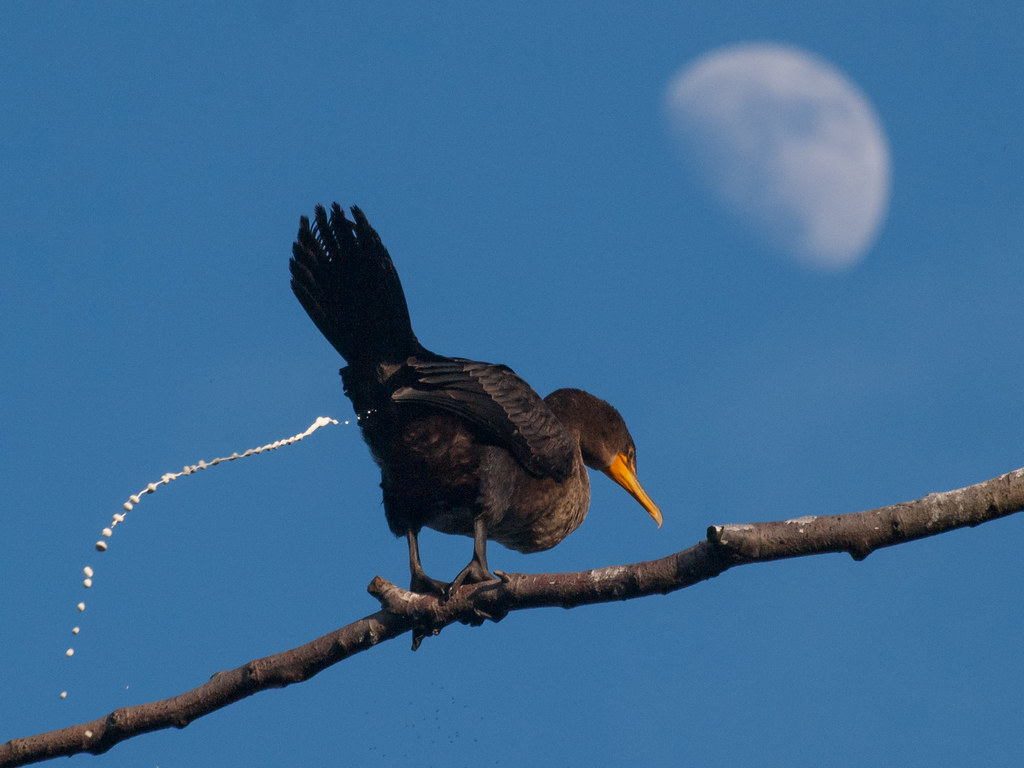
What is the best time of year for bird photography in Mount Kenya?
When planning your bird photography trip to Mount Kenya, choosing the right time of year is crucial for a truly enriching experience. The majestic Mount Kenya, with its diverse ecosystems, offers a haven for birdwatchers and photographers alike. Here are some tips to help you determine the best time to capture the stunning avian diversity in this breathtaking region:
- Migratory seasons: Mount Kenya plays host to a myriad of migratory bird species during their journey. The months of October to March and August to September witness the arrival and departure of many fascinating birds. Keep these periods in mind to witness the captivating spectacle of migration.
- Breeding and nesting season: To catch a glimpse of the fascinating behavior of birds during the breeding and nesting season, visit Mount Kenya between October to February. During this time, you may witness their elaborate courtship displays, nesting activities, and fledging of young birds, providing ample opportunities for remarkable photographs.
- Climate considerations: Mount Kenya experiences two rainy seasons – from March to May and October to November. While this may not be ideal for bird photography, it is worth noting that during and immediately after rainfall, the surroundings transform into a lush paradise, attracting a variety of bird species. So, if you enjoy capturing birds in vibrant green landscapes, these times can be equally rewarding.
For a worry-free and seamless bird photography trip to Mount Kenya, consider partnering with Volcano Mountain Expeditions. Not only are they experts in climbing adventures to the summit of Mount Kenya, but they also offer comprehensive services for bird enthusiasts. From organizing permits and accommodations to providing experienced guides with extensive knowledge of the local birdlife, they take care of all the logistical challenges, ensuring a smooth journey for you.
Volcano Mountain Expeditions is committed to ensuring your safety, cultural sensitivity, and budget considerations throughout your trip. With their wealth of experience and deep understanding of the African continent, they create enriching journeys that encompass not just Mount Kenya but also other tourist attractions in Kenya. So, trust Volcano Mountain Expeditions to guide you in capturing those awe-inspiring moments and creating unforgettable memories during your bird photography adventure in Mount Kenya.
Q&A
Q: What is the best time of year for bird photography in Mount Kenya?
A: The best time for bird photography in Mount Kenya is during the dry season, which typically occurs from January to February and from July to October. During these months, the weather is relatively clear and there is less rainfall, allowing for better visibility and more opportunities to capture stunning bird images.
Q: Are there specific bird species that can be found in Mount Kenya?
A: Yes, Mount Kenya is home to a diverse range of bird species. Some of the notable ones include the Scarlet-tufted Malachite Sunbird, Jackson’s Francolin, Tacazze Sunbird, Mountain Buzzard, and various highland species such as the African Crowned Eagle and Hunter’s Cisticola.
Q: Can you give us some bird photography tips for capturing the best images?
A: Certainly! One essential tip is to do thorough research beforehand about the bird species you wish to photograph. Understanding their behavior, habitat, and feeding patterns will help increase your chances of spotting and capturing them in action. Another important aspect is patience. Birds can be fast-moving and elusive, so being patient and waiting for the right moment is key. Additionally, using a telephoto lens and setting a high shutter speed is crucial for capturing clear and detailed shots.
Q: Are there any specific locations within Mount Kenya that are ideal for bird photography?
A: Absolutely! The areas around Lake Ellis, Gorges Valley, and Teleki Valley are known to be rich in birdlife, providing excellent opportunities for bird photography. These locations offer breathtaking backdrops of the mountainous landscape, enhancing the overall aesthetics of your photographs.
Q: What other attractions can visitors explore while in Mount Kenya?
A: While visiting Mount Kenya, tourists can also explore the neighboring attractions such as the Maasai Mara National Reserve, Amboseli National Park, and Lake Nakuru National Park, which are all renowned for their abundance of wildlife. Additionally, one can choose to engage in activities like hiking, mountain climbing, and nature walks, allowing for a well-rounded experience.
Q: How can I organize a trip to climb Mount Kenya and visit these other tourist attractions in Kenya?
A: Volcano Mountain Expeditions can assist you in organizing a trip to climb Mount Kenya and explore other tourist attractions in Kenya. They offer expert guidance, experienced guides, and tailored itineraries to ensure a memorable and hassle-free adventure. Their services are available in English, making it convenient for international visitors to communicate and plan their journey effectively.
Remember, bird photography in Mount Kenya is a delightful experience, and with the right preparation and guidance, you can capture extraordinary moments while immersing yourself in the stunning natural beauty of Kenya.
The Way Forward
As your bird photography journey in Mount Kenya comes to an end, let Volcano Mountain Expeditions assist you in exploring the wonders of this magnificent country. From guiding you up the peaks of Mount Kenya to uncovering other enchanting tourist attractions, we specialize in creating unforgettable African adventures. Our comprehensive services ensure your health, safety, and cultural sensitivity are prioritized, while our expertise in wildlife encounters, logistics, and budget considerations guarantee a worry-free journey. With Volcano Mountain Expeditions, prepare for a truly enriching and unforgettable exploration of Africa’s extraordinary landscapes.

